Where never to plant sweet peas – avoid these 5 locations for a beautiful, fragrant display this summer
Experts share advice on soil type, sunlight, suitable companion plants, and more
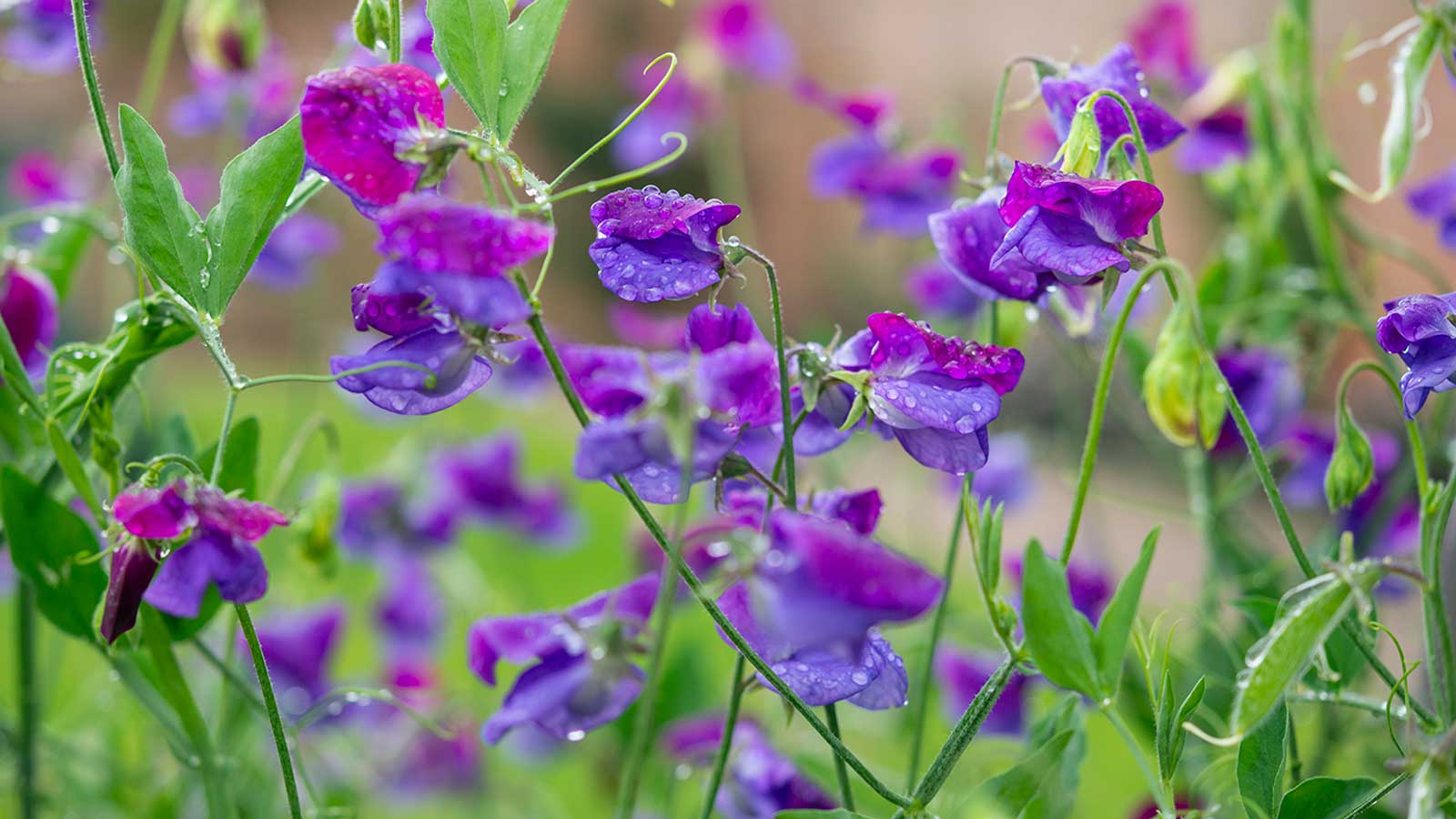

With their delicious perfume and myriad of candy-like hues, sweet peas are undeniably one of the best early-summer bloomers. To grow them in your garden, you can either sow some seeds (a wider range of varieties tends to be available this way) or, for ease, pick up some plug plants from a local nursery. But whichever option you go for, it's important to position them in the right place to give them the best chance at success.
Growing sweet peas is relatively straightforward. However, there are some environmental factors that can be problematic, such as planting them in the wrong type of soil or container. By learning which spots to avoid, you can steer clear of any mistakes, and get the gorgeous display you've been hoping for.
Below, you'll find five places to avoid planting sweet peas, along with plenty of helpful advice from gardening experts. There are also tips on what to plant alongside your sweet peas, for even more beauty in your yard.
1. Heavy, clay soil
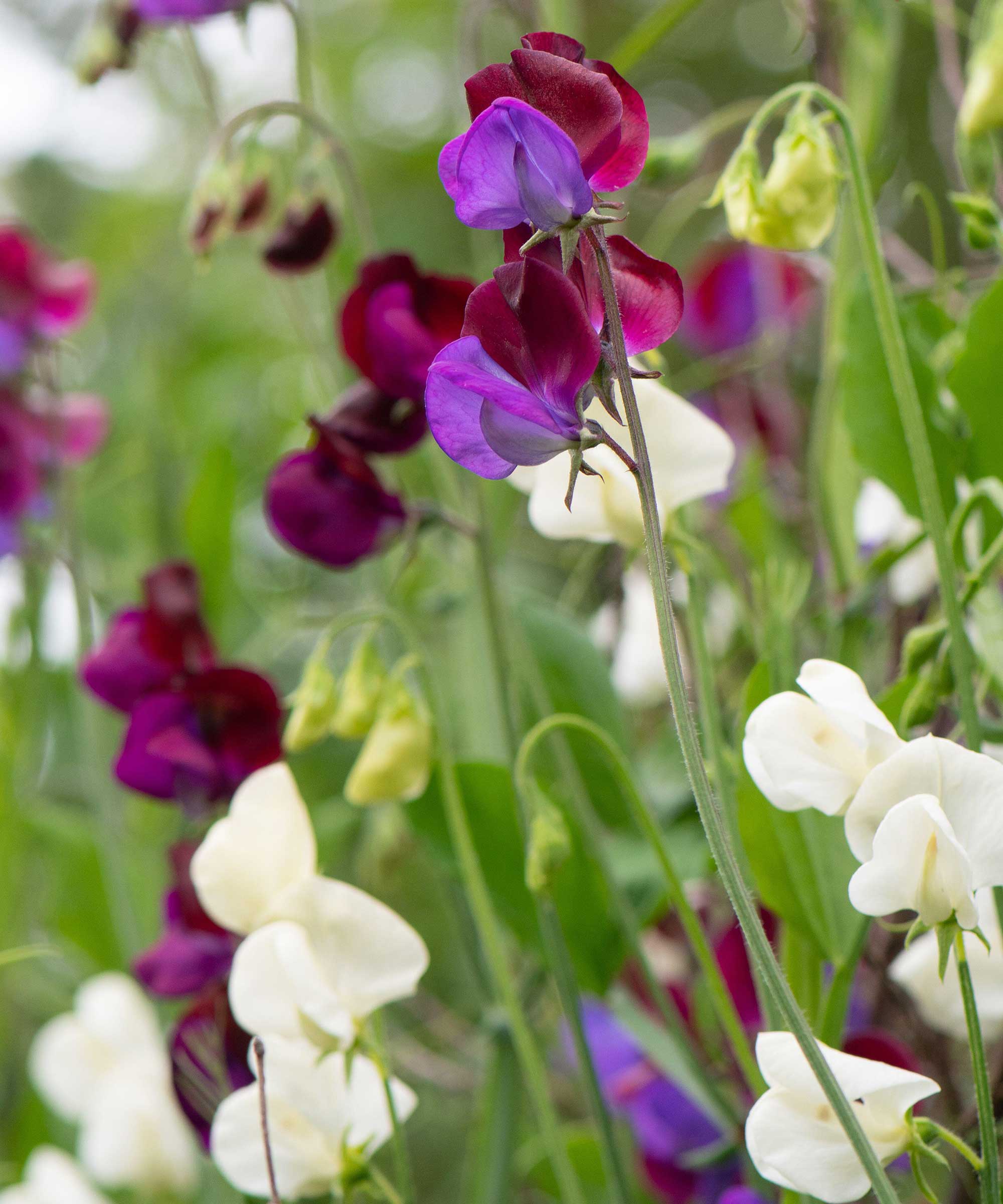
Good drainage will help these annuals thrive
Georgina of Sweet Pea Gardens says, 'Sweet peas dislike sitting in wet, heavy soil. Clay holds water too well and can suffocate young roots or lead to rot. It's also difficult for roots to penetrate when it's compacted.'
If you’re working with a clay soil type in your yard, she recommends amending it generously with compost, leaf mold, or grit to improve structure and drainage. 'Alternatively, consider raised beds or deep containers filled with lighter, loamy soil.'
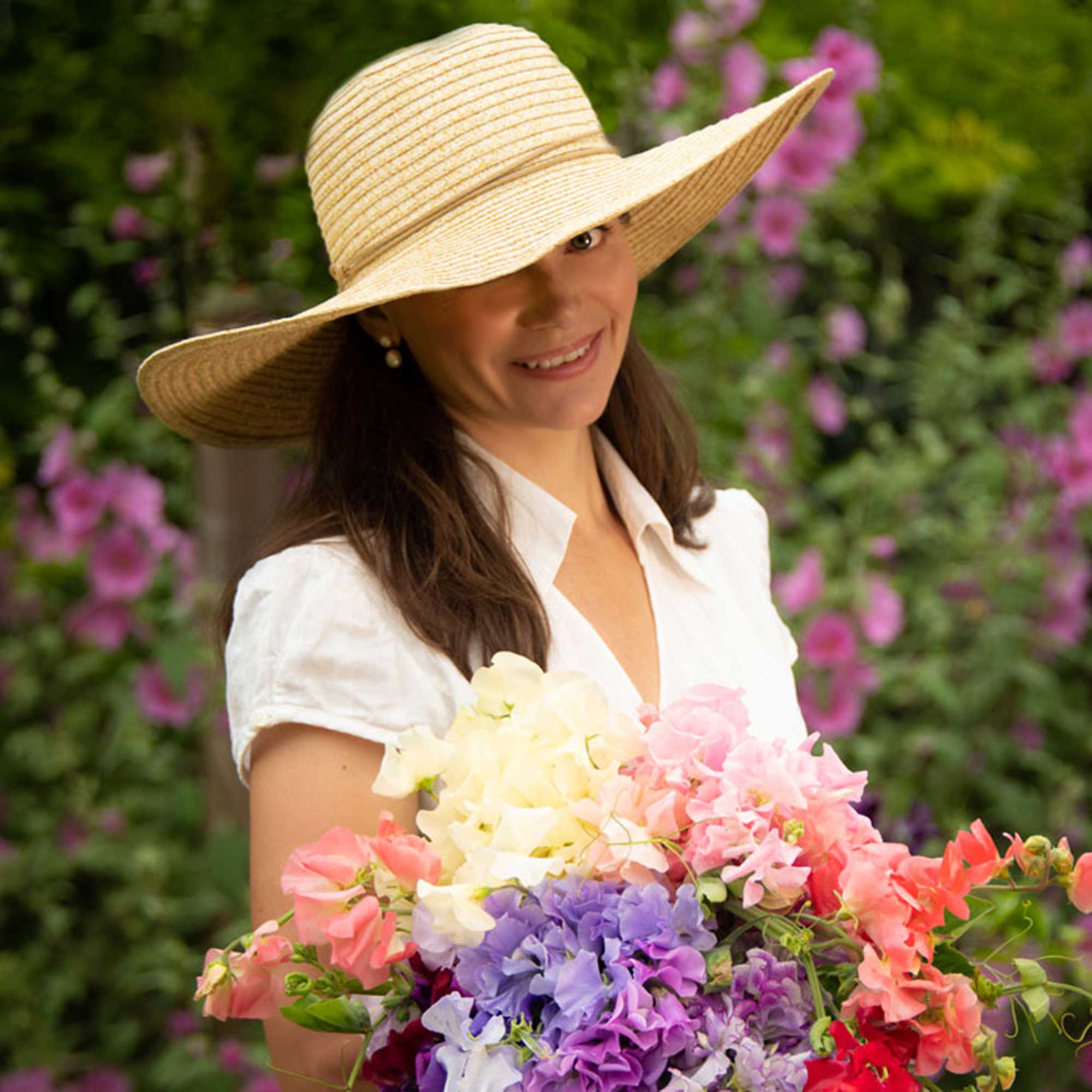
Georgina from Sweet Pea Gardens is a longtime home gardener and sweet pea seed breeder based in the Pacific Northwest. She has been breeding sweet peas professionally for nearly 10 years and shares stories and seasonal insights from her ever-evolving backyard garden.
2. Too much shade – or sun
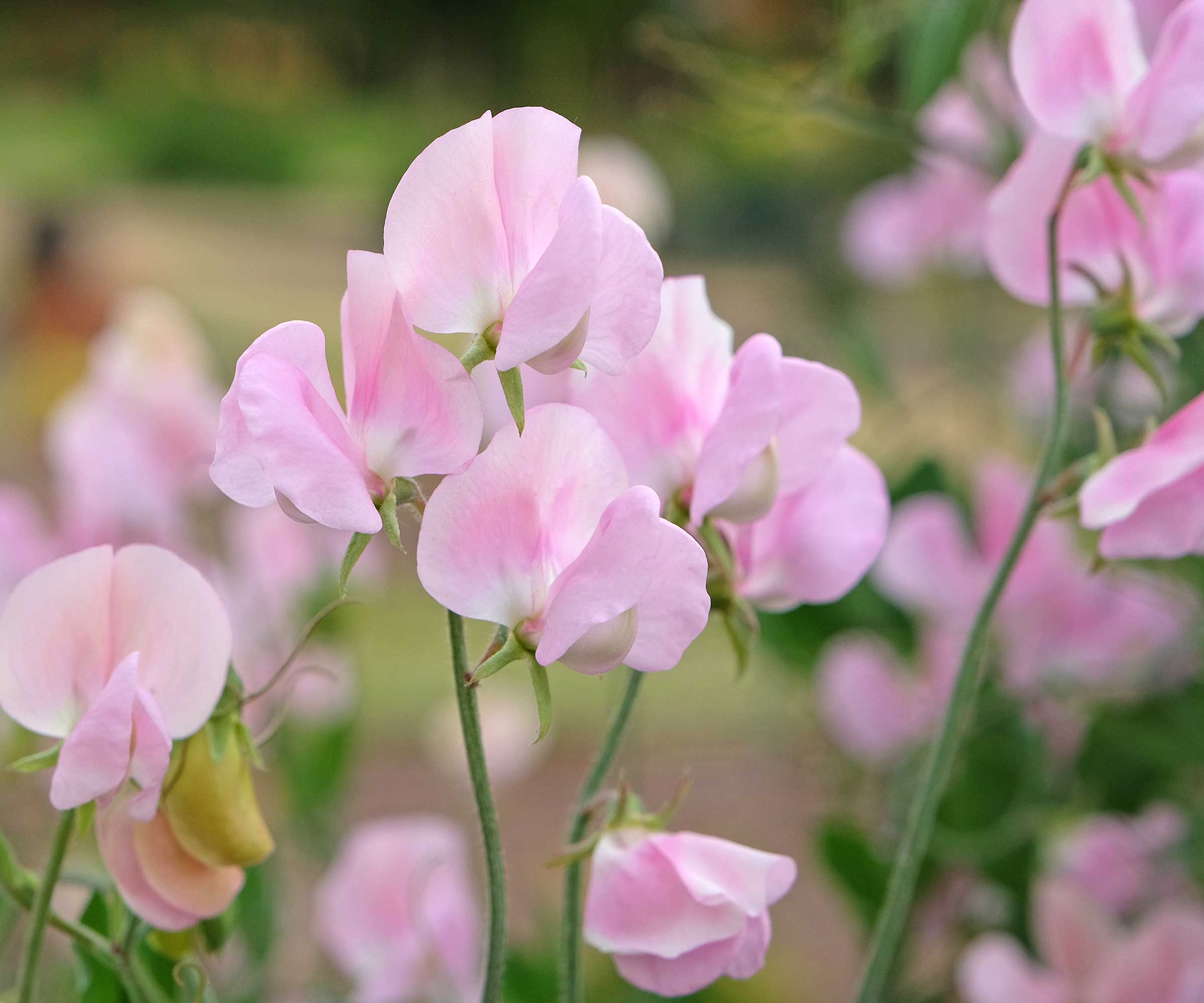
Check how sunny your planned planting position is
Kelly Funk, the president and CEO of online nursery Jackson & Perkins, says sweet peas need six to eight hours of direct sun for strong stems and abundant blooms. 'In shade, they’ll grow spindly and produce few flowers,' she warns.
Georgina also comments on this point, calling sweet peas 'sun lovers', and agrees that shade or dappled light should generally be avoided. This includes planting them beneath trees, where the light is filtered.
Design expertise in your inbox – from inspiring decorating ideas and beautiful celebrity homes to practical gardening advice and shopping round-ups.
'That said, in hotter climates, where summers bring intense midday heat, they’ll benefit from some light afternoon shade,' she adds. 'A bit of shelter later in the day can protect them from drying out too quickly and may help prolong the blooming season.'

Kelly is the president and CEO of Jackson & Perkins, a renowned online nursery with roots dating back to 1872 and a storied reputation for cultivating exceptional roses. A passionate gardener herself, Kelly brings hands-on knowledge and a deep appreciation for plants to her leadership. Under her guidance, Jackson & Perkins continues to thrive as a trusted name for gardeners who value beauty, quality, and the joy of growing.
3. Too close together
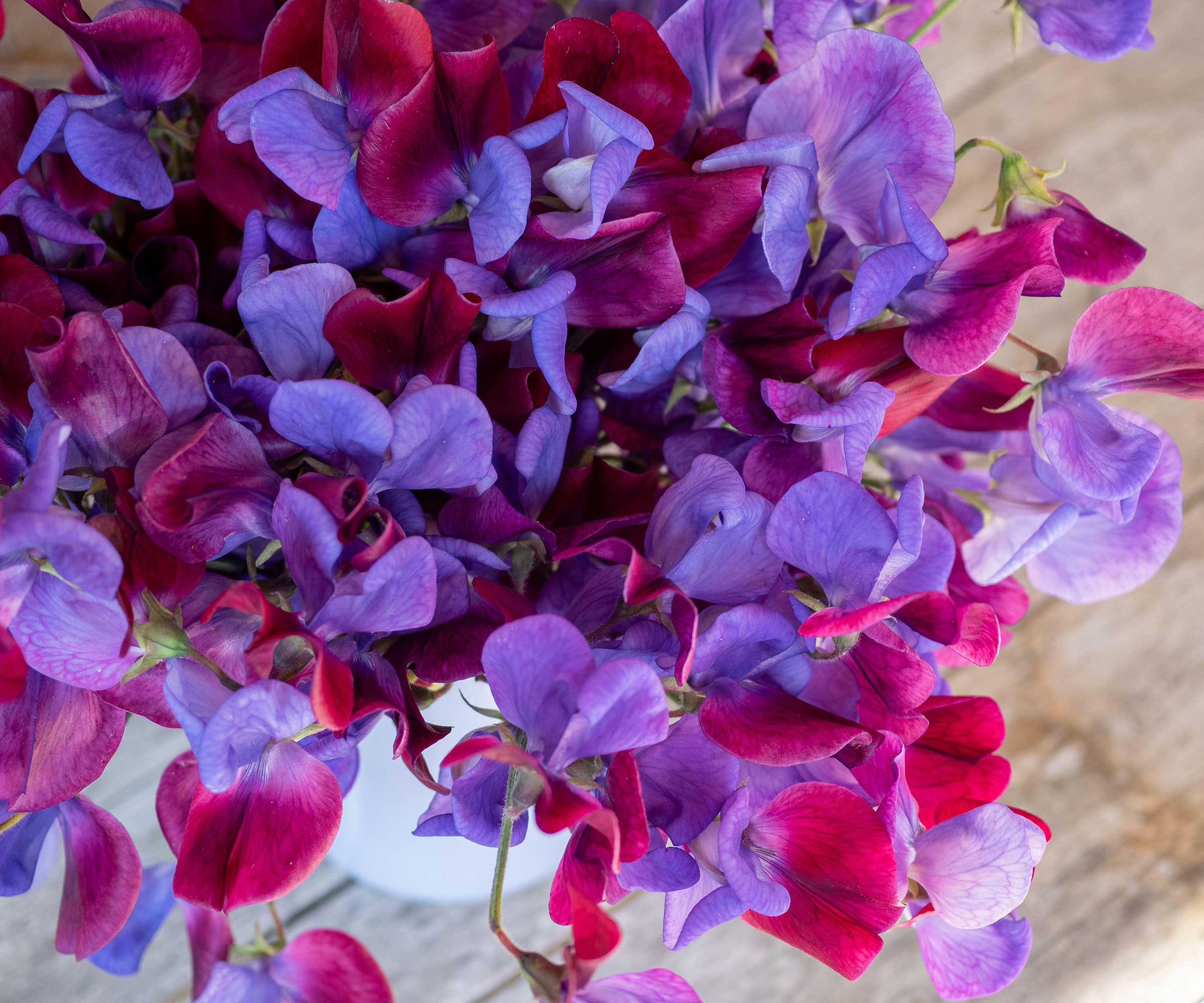
Avoid packing sweet peas too tightly into your flowerbeds
Be sure to provide proper spacing for your sweet peas, as cramped conditions can lead to disease and prevent the plants from growing well. If you've grown them from seed under cover, position them about eight inches apart when you transplant them outdoors (remembering to harden them off, first).
If you plant your sweet pea seeds directly outdoors, you may need to thin them out as they grow, by snipping unwanted seedlings carefully at the base to avoid disturbing the roots of neighboring ones.
Adequate spacing, which encourages airflow, is particularly beneficial in warmer hardiness zones. As Kelly says, 'In hot climates, especially in enclosed areas, they’re vulnerable to powdery mildew and short bloom times without good air movement.'
4. Small containers
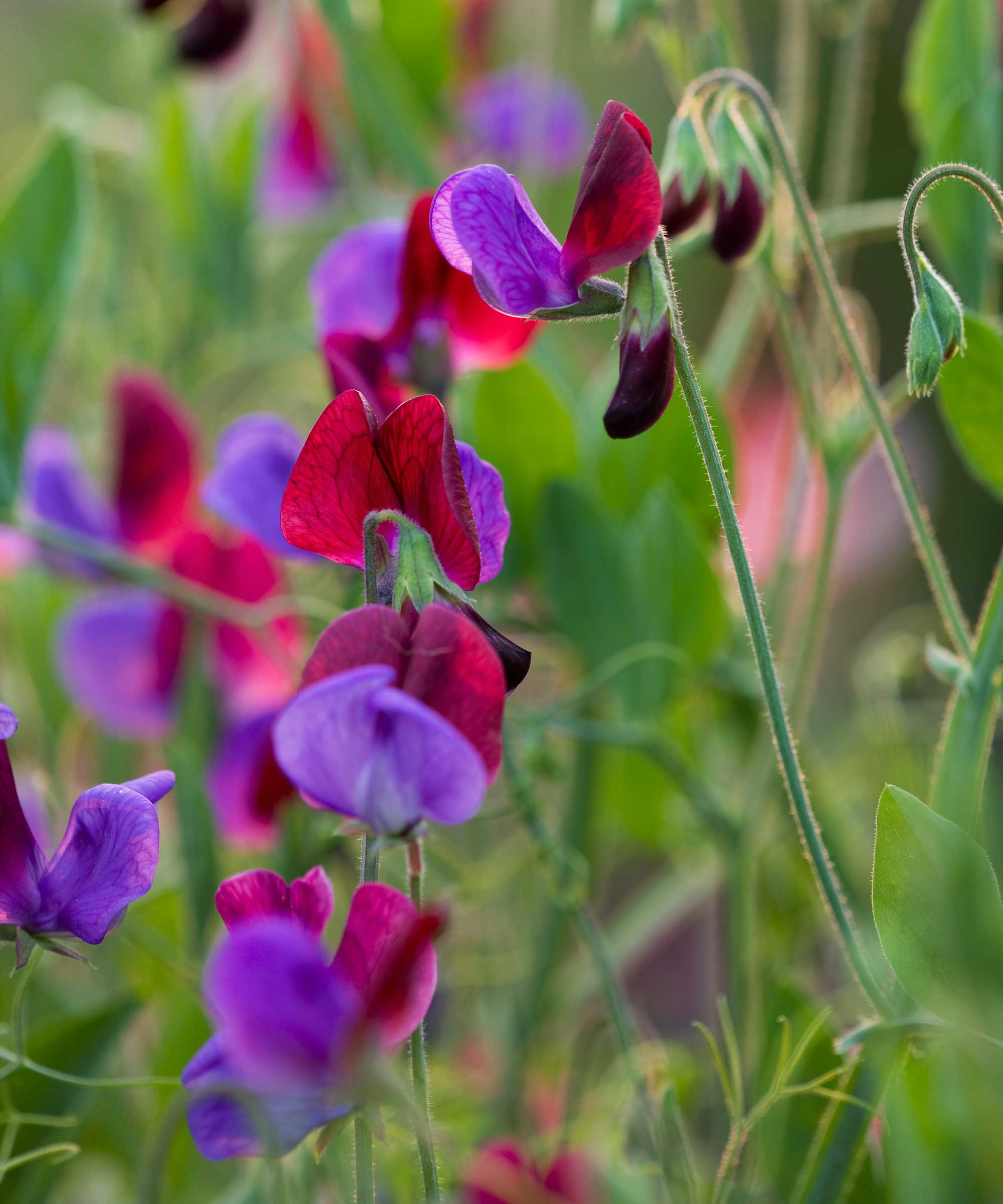
Deep planters will give sweet peas' roots the space they need
'While sweet peas can grow beautifully in containers, avoid using small pots or shallow planters,' says Georgina. 'Their roots grow deep and need room to develop. Without space, the plants can become stunted, stressed, and bloom poorly.'
She recommends opting for a container at least 12 inches deep, filled with rich, well-draining compost, and to keep the soil evenly moist.
As with all container gardening, ensure there are drainage holes in your planter, too.
5. Without supports

Train your sweet peas to grow upwards
'Most sweet pea varieties are climbing vines and need trellises, fences, or netting,' says Kelly. 'Without support, they’ll sprawl, tangle, and underperform.' A sweet pea teepee can be made at home with a few bamboo canes and string.
It's best to get your supports in place before planting your sweet peas. That way, you can easily plan where to plant them (around the base), and will avoid disturbing them later on. As they grow, carefully tie them in to keep them upright – but not too tight, to avoid damaging the stems.
FAQs
Can you grow sweet peas indoors?
Georgina says, 'Sweet peas can be started indoors or grown in a cool greenhouse, especially in early spring. This gives them a head start before the weather is warm enough to plant outside. While they’re not ideal for growing entirely indoors – since they need plenty of light, cool temperatures, and space to climb – they do well in an unheated greenhouse or cold frame during early growth.
'Professional growers often raise sweet peas in greenhouses for cut flower production, using varieties bred specifically for long stems, intense fragrance, and continuous bloom,' she adds. 'These greenhouse types benefit from tightly controlled conditions and are usually grown in high tunnels or commercial setups.'
What are some good companion plants for sweet peas?
Georgina recommends planting sweet peas toward the back of a garden bed. 'This gives them the space and height they need, while also allowing you to disguise their base, which can become brown and a bit unsightly toward the end of the season. Companion plants are perfect for this – filling in the space below with soft color and texture while letting the sweet peas shine above.'
She recommends nasturtiums ('Their low, trailing habit and bright flowers attract pollinators and add contrast without competing for vertical space,') as well as snapdragons ('These enjoy similar conditions and bloom reliably alongside sweet peas, adding density to the middle of the bed'). She also suggests cosmos, noting how they grow tall enough to blend with sweet peas and help soften the planting as a whole.
A must for every cutting garden, sweet peas are some of the most fragrant flowers, and with the tips above, yours are more likely to perform at their very best. Once they've finished blooming, it's also worth knowing how to harvest sweet pea seeds. That way, you can grow brand new plants for free.

Holly started writing about gardening five years ago, and she is a regular contributor to Homes & Gardens. She has also written many gardening features for Woman & Home and Real Homes, too. She has previous experience as a professional gardener, where she helped to plant and maintain private gardens. Holly has also looked after allotment plots over the years and loves to grow her own flowers and veggies from seed. In her spare time, she enjoys visiting local gardens, botanical drawing, and tending to her ever-growing collection of houseplants.
You must confirm your public display name before commenting
Please logout and then login again, you will then be prompted to enter your display name.
